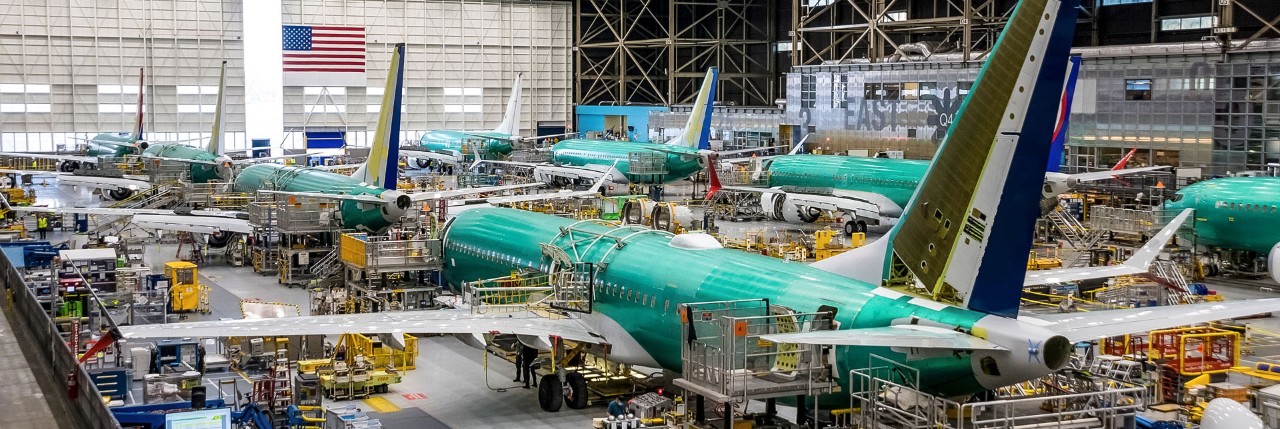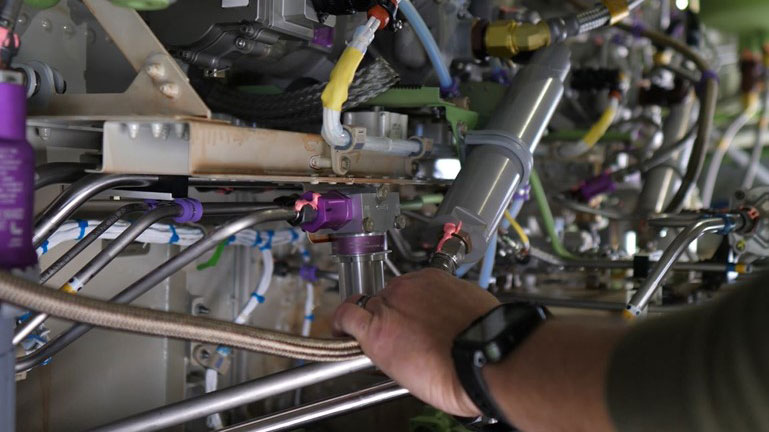A significant component of our Safety & Quality Plan is the identification of six key performance indicators (KPIs) focused on safety and production health:
• Employee proficiency measures share of employees who are deemed proficient in core skills.
• Notice of Escape (NoE) rework hours measures time performing rework in Boeing’s final assembly facilities to address non-conforming work from Boeing Fabrication and external suppliers.
• Supplier shortages measures shortages per day from Boeing Fabrication and external suppliers.
• Rework hours per airplane measures time spent performing rework in Boeing’s Final Assembly facilities.
• Travelers at factory rollout measures unfinished jobs traveling from Final Assembly
• Ticketing performance measures quality escapes per ticketed airplane prior to delivery.
Each KPI also has defined criteria that will trigger corrective action and SMS risk monitoring.
The KPIs have been established and operationalized across BCA programs. These KPIs will provide real-time insights into production system health, enabling the Company to identify and remediate potential quality and safety hazards before they fully mature. They also will aid in monitoring tangible improvements from the Product Safety and Quality Plan and ultimately serve as an important indicator of system readiness for potential future rate increases.


















